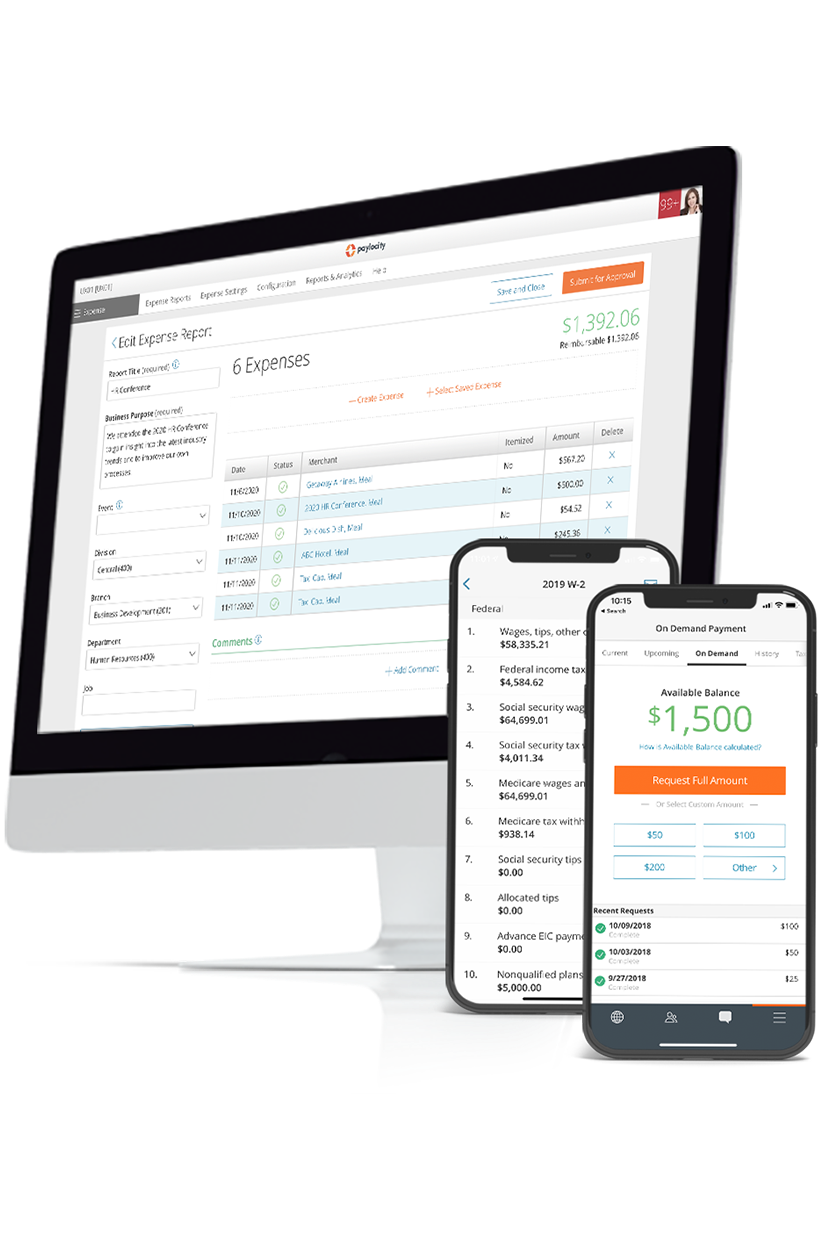Sinking Fund
Summary Definition: A savings plan where money is intentionally set aside over time to cover a known, often substantial, future expense or obligation.
What are Sinking Funds?
A sinking fund is a dedicated savings strategy for setting aside funds over time for a specific future expense (e.g., replacing capital assets) or long-term debt.
While sovereign nations have historically used this strategy to manage national debt or repay bonds, modern uses include corporate finance efforts to help reduce budgetary risk and improve financial predictability. Employers may also use sinking funds to plan for known but infrequent costs, such as facility upgrades or major equipment purchases.
By making regular contributions to the fund, businesses can better absorb large expenses, assisting cash-flow management and long-term budgeting.
Key Takeaways
- A sinking fund is a structured savings method that helps businesses (and individuals) plan for specific, known expenses by setting aside money gradually over time.
- Unlike emergency funds or general savings accounts, sinking funds are goal-oriented and reduce the need for short-term borrowing or large budget adjustments.
- Organizations can also use such a fund to slowly repay debt held as a bond by annually purchasing portions of the bond at the open market price, a special call price, or the lesser of the two.
Why are Sinking Funds Important?
Sinking funds and sinking fund bonds allow employers to proactively plan for expenses, reducing the need to take on short-term debt for unexpected costs. This enables businesses to set and meet financial savings goals without disrupting operational budgets, reinforcing strong financial management.
Sinking Funds vs. Emergency Funds vs. Savings Accounts
Sinking funds, savings accounts, and emergency funds all play a role in financial preparedness, but each serves a distinct purpose:
- Sinking funds are goal-specific and designed to cover planned expenses (e.g., upgrades or maintenance) by saving gradually over time.
- Emergency funds, conversely, are financial safety nets designed to cover unforeseen costs, such as storm damage or operational disruptions.
- Savings accounts are general-purpose reserves that aren’t always tied to specific goals or expenses.
Sinking Fund - Pros and Cons
This savings strategy offers several practical and strategic advantages for employers. It provides a structured way to prepare for known expenses or repay debts without straining operating budgets or resorting to high-interest financing.
When used to manage debt, such funds enhance investor confidence by reducing credit risk and can lead to lower interest rates on bond issuances.
There are, however, trade-offs to consider. For example, managing multiple funds requires strong organizational capabilities and budget oversight to prevent overstretching the company’s resources.
Additionally, using a special call price for bond repayment can benefit the company at a bondholder’s expense by allowing the former to purchase portions of the bond at below-market prices if interest rates decline.
How Do You Create a Sinking Fund?
Setting up a fund is simple, but the expense or debt involved can make the process time-consuming.
Organizations need to identify or set their financial goal, determine how much to allocate to the fund each month (either with a sinking fund calculator or sinking fund formula), choose where the funds are stored (e.g., savings account, money market account, certificate of deposit, etc.), and set up recurring transfers to that location.
While not required, businesses should consider setting up a sinking fund tracker to monitor growth and progress toward the fund’s goal.

Save Time with Stress-Free Payroll Solutions
Payroll doesn’t have to be complicated, but it does have to be right. Stay compliant, collect employee data, and streamline tax filing – all while putting time back in your day with our automated payroll software. With the assurance of an error-free workflow, you can get back to what matters most – your people. Learn how our modern solutions get you out of the tactical and back to focusing on the bigger picture.